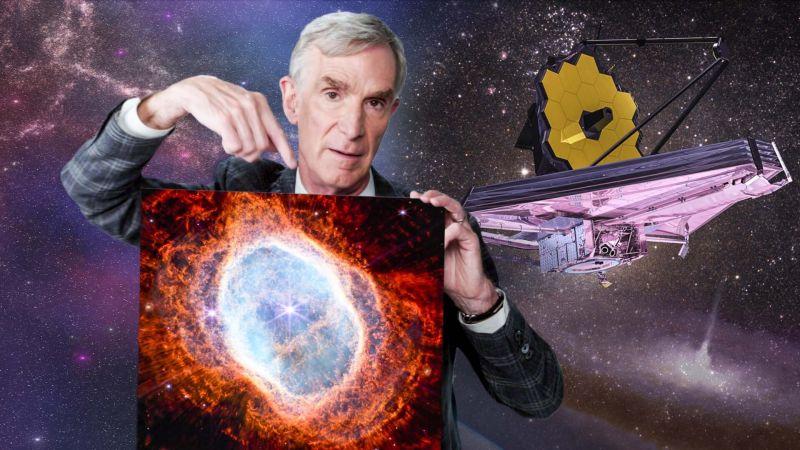The field of cosmology, the study of the origins and evolution of the universe, has always been fascinating and filled with remarkable discoveries. However, one particular area of debate has recently intensified, polarizing the scientific community, and capturing the attention of the general public like never before. The controversy over the nature of dark matter, the mysterious substance believed to make up about 85% of the matter in the universe, has just got bigger, and the implications are profound.
For decades, scientists have grappled with the question of what exactly dark matter is. It became apparent that traditional matter, the atoms and particles we are familiar with, could not solely account for the observed gravitational effects that shape the large-scale structure of the universe. Dark matter was proposed as an invisible and elusive form of matter that interacts only through gravity, explaining various cosmic mysteries.
However, despite substantial evidence supporting the existence of dark matter, no one has yet succeeded in directly detecting or identifying its constituents. This has led to the development of several theoretical models, with the most widely accepted being the “Cold Dark Matter” (CDM) model. According to this theory, dark matter consists of slow-moving, non-interacting particles that formed shortly after the Big Bang.
Until recently, CDM appeared to provide a satisfactory explanation for a broad range of cosmological phenomena, such as the distribution of galaxies, the formation of large-scale structures, and the observed fluctuations in the cosmic microwave background (the remnants of the early universe). However, this seemingly reasonable explanation has started to encounter challenges that have ignited a heated debate within the scientific community.
One of the most significant challenges to the CDM model has come from the results of recent observations of dwarf galaxies orbiting larger galaxies. These dwarf galaxies, which are expected to be rich in dark matter, demonstrate a puzzling lack of dark matter in their central regions. This discrepancy, known as the “Too Big to Fail” problem, has led some researchers to suggest that the CDM model may need to be revised or replaced.
Intriguingly, a new study released just last month has added fuel to this controversy. The study, led by a team of researchers from the University of Bonn, examined a specific type of mysterious astronomical objects called ultra-diffuse galaxies (UDGs). These galaxies are larger than expected for their low levels of luminosity, and according to the CDM model, they should contain significant amounts of dark matter. However, the researchers found that UDGs seem to lack dark matter altogether, further challenging the current understanding of dark matter’s behavior.
So, what are the implications of this intensified debate? Firstly, if the existence of dark matter is called into question or requires substantial revision, it would have profound consequences for our understanding of the universe. Dark matter has been crucial in shaping our models of cosmic evolution and structure formation, so any change would necessitate a reevaluation of the fundamental laws governing the cosmos.
Secondly, this controversy has underscored the need for continued research and innovation in the field of cosmology. Scientists are hard at work developing new techniques and observational methods to investigate the nature of dark matter and potentially shed light on this enduring mystery. Understanding the fundamental building blocks of the universe remains one of the most significant scientific quests, and the challenges presented by the dark matter controversy only serve to fuel curiosity and propel further advancements.
the debate surrounding the nature of dark matter, the enigmatic substance that comprises the majority of matter in the universe, has recently intensified with the emergence of new observational evidence. The challenges to the prevailing Cold Dark Matter model have raised profound questions about the nature of our universe and the fundamental laws governing it. As scientists continue their quest to understand the mysteries of the cosmos, it is crucial to keep an open mind, embrace the controversies, and eagerly await the breakthroughs that lie ahead.

